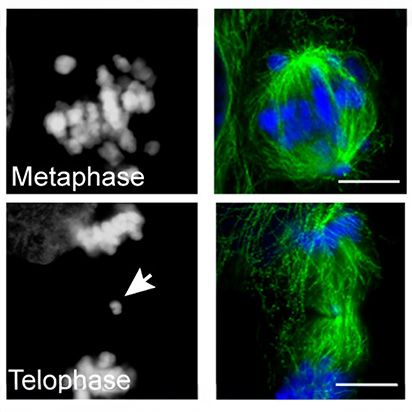Abstract
CIC encodes a transcriptional repressor and MAPK signalling effector that is inactivated by loss-of-function mutations in several cancer types, consistent with a role as a tumour suppressor. Here, we used bioinformatic, genomic, and proteomic approaches to investigate CIC’s interaction networks. We observed both previously identified and novel candidate interactions between CIC and SWI/SNF complex members, as well as novel interactions between CIC and cell cycle regulators and RNA processing factors. We found that CIC loss is associated with an increased frequency of mitotic defects in human cell lines and an in vivo mouse model and with dysregulated expression of mitotic regulators. We also observed aberrant splicing in CIC-deficient cell lines, predominantly at 3’ and 5’ untranslated regions of genes, including genes involved in MAPK signalling, DNA repair, and cell cycle regulation. Our study thus characterises the complexity of CIC’s functional network and describes the effect of its loss on cell cycle regulation, mitotic integrity, and transcriptional splicing, thereby expanding our understanding of CIC’s potential roles in cancer. In addition, our work exemplifies how multi-omic, network-based analyses can be used to uncover novel insights into the interconnected functions of pleiotropic genes/proteins across cellular contexts.
